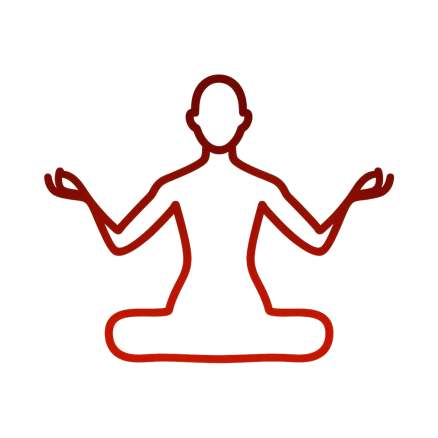
بودكاست تأملات
يُعد تصنيف التأملات من الأساليب الفكرية التي تهدف إلى تنظيم الأفكار التأملية وتقسيمها وفق موضوعاتها أو غاياتها أو حتى سياقاتها الزمنية والنفسية، ويُستخدم هذا التصنيف لفهم طبيعة التأمل كأداة داخلية للتفكير العميق والتأمل في الوجود والمعرفة والذات والكون، ويُسهم في تحويل التأمل من حالة شعورية عابرة إلى ممارسة ذهنية منظمة يمكن دراستها وتحليلها، ويُصنف التأمل أحيانًا بحسب طبيعته الفلسفية أو الروحية أو النفسية أو الأدبية، كما يمكن أن يُصنف حسب موضوعه كالتأمل في الموت، الحياة، الحب، الزمن، أو الحقيقة، وتكمن أهمية التصنيف في إبراز تنوع التجارب الإنسانية التي تتجلى من خلال التأملات، مما يعزز الفهم العميق للمشاعر والأفكار والوعي الفردي، ويُستخدم هذا التصنيف في الدراسات الأدبية والفلسفية لتحديد أساليب التعبير الداخلي وتحليل النصوص التي تعكس انعكاسات ذاتية وتأملية، كما يُستفاد منه في ميدان العلاج النفسي والتدريب الذهني حيث تُستخدم التأملات المصنفة وفق أغراضها في تهدئة الذهن أو تعزيز التوازن العاطفي، ويساعد هذا التصنيف كذلك في بناء أرشيف تأملي يمكن العودة إليه لاكتشاف تطور الفكر الفردي أو الجماعي، وفي التعليم، يُستخدم تصنيف التأملات لتحفيز الطلاب على التفكير النقدي والتعبير عن ذواتهم من خلال كتابة تأملات مصنفة تعكس مواقفهم وتجاربهم الشخصية، وقد ساعدت التكنولوجيا على تطوير هذا النوع من التصنيف من خلال التطبيقات والمنصات الرقمية التي تجمع التأملات وتعرضها وفق فئات محددة تسهل على القارئ التفاعل معها، وبهذا يتحول التأمل من تجربة فردية غامضة إلى مادة قابلة للتأطير والتحليل والمشاركة، مما يُعزز من دور التأمل كأداة للتفكر والتطور الشخصي والفهم الأعمق للوجود الإنساني. --- The classification of reflections is a cognitive method aimed at organizing contemplative thoughts and dividing them based on themes, purposes, or even temporal and psychological contexts. This classification is used to understand the nature of reflection as an internal tool for deep thinking about existence, knowledge, the self, and the universe, and it transforms reflection from a fleeting emotional state into a structured mental practice that can be studied and analyzed. Reflections can be classified by their philosophical, spiritual, psychological, or literary nature, and also by topic, such as reflections on death, life, love, time, or truth. The value of this classification lies in revealing the diversity of human experiences expressed through reflections, enhancing deep understanding of emotions, thoughts, and individual awareness. It is applied in literary and philosophical studies to identify forms of inner expression and analyze texts that reflect self-reflection and introspection. It is also used in psychotherapy and mental training, where categorized reflections serve to calm the mind or enhance emotional balance. Additionally, this classification helps build reflective archives that document the evolution of individual or collective thought. In education, reflection classification encourages students to think critically and express themselves by writing categorized reflections that mirror their personal views and experiences. Technology has facilitated the development of this classification through digital platforms and apps that collect and display reflections under specific categories, making them more accessible and engaging. In this way, reflection is transformed from a mysterious personal experience into a structured, analyzable, and shareable resource, reinforcing its role as a tool for introspection, personal growth, and deeper understanding of the human experience.